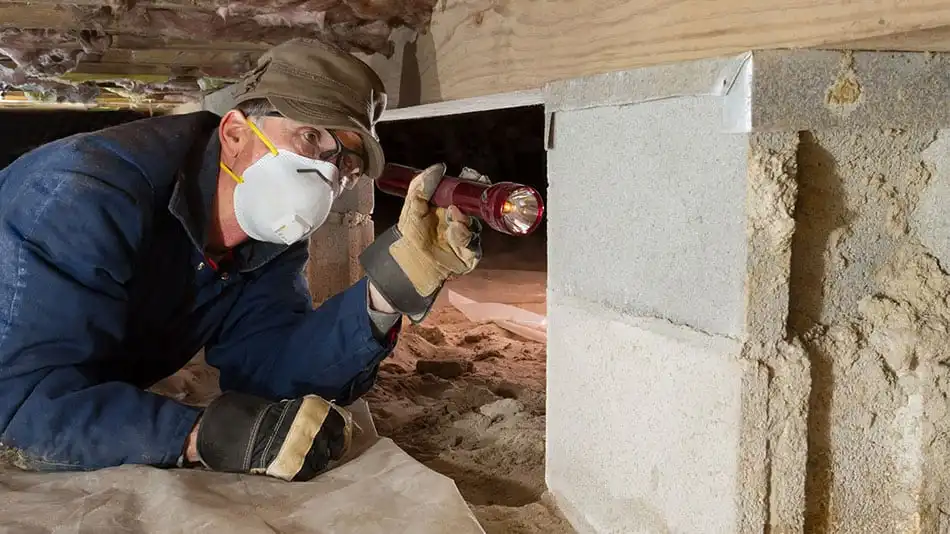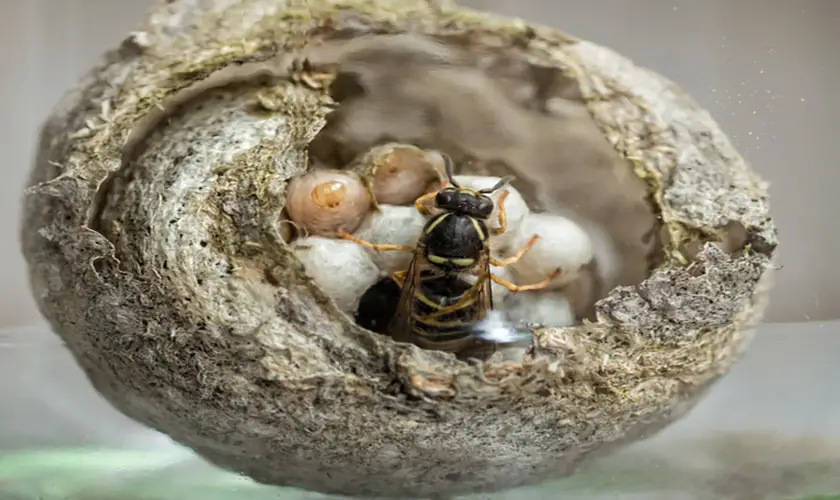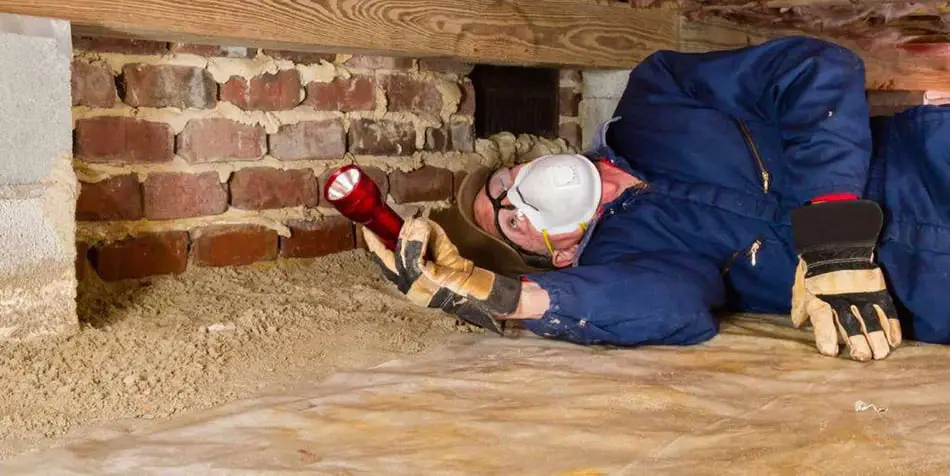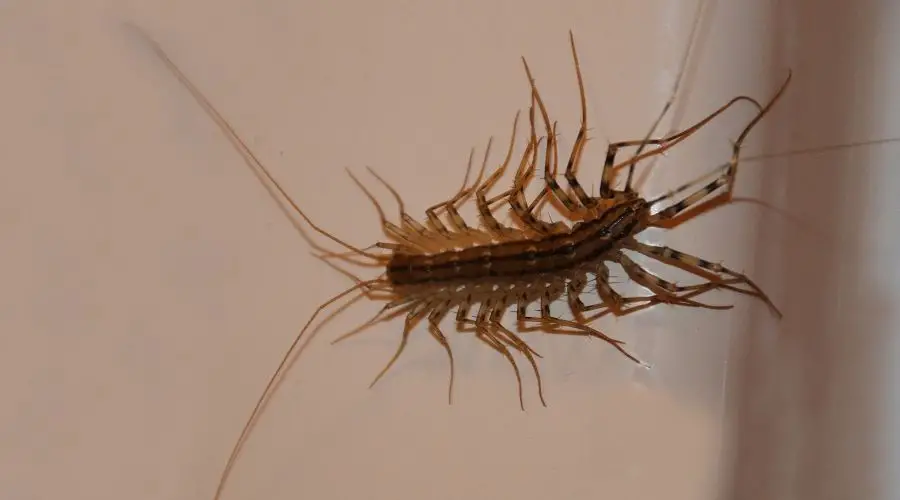
The occasional cockroach in the house that daddy long legs in the corner of the room, a couple of flies in the summer, or one or two wasps that have gotten themselves trapped in your sitting room—these are bugs that most people live with.
They aren’t nice, but they aren’t horrifying. On the other hand, Centipedes are terrifying sci-fi monsters, and finding them in your bathtub or shower is a most unpleasant experience.
Centipedes are attracted to bathrooms for three reasons:
- Centipedes prefer moist environments, such as in a bathroom
- Centipedes can’t survive in harsh weather (very cold or hot)
- Centipedes feast on common household bugs, like spiders and cockroaches, so bathrooms are near a food source
Get FREE quotes from licensed pest control technicians in your area today. Whether you need spraying for ants, roaches, spiders, ticks, mosquitos, or bed bugs, We Can Help! All technicians are screened, licensed, and insured.
The reasons why you are finding centipedes in your bathroom are pretty simple. In this article, we detail these reasons. We also provide you with ways to get and keep centipedes out of your house and an argument as to why you shouldn’t necessarily keep them out of your home.
Is It A Centipede If It Has Less Than One Hundred Legs?
As the name centipede translates to ‘one hundred legs,’ you are not to be blamed for thinking that all centipedes must have one hundred legs.
However, not a single one of the more than three thousand recognized species of centipede has precisely one hundred legs.
Centipedes have 15 to over 100 segments, but they only ever have an uneven number of leg segments. Per segment, they have two legs.
This means that the closest a centipede ever comes to having 100 legs is 98 or 102 legs. Unless, of course, it has lost a few legs, which is not improbable.
No one records why these arthropods were called centipedes if they never had one hundred legs.
Perhaps the people who discovered them saw this many-legged strange creature and immediately fled without looking closer. Then later, while relating the tale, when people asked how many legs it had, they said something like, “It must have had one hundred legs!”.
This is only conjecture, of course. But, still, if you stood there long enough to count the centipede’s legs, then congratulate yourself on your fortitude.
Another reason your centipede might not have the right legs is that it is a millipede. But we will discuss the differences between these two arthropods in a later section.
Three Main Reasons Why You Are Finding Centipedes In Your Bathroom
This is why you are here, reading this article. You want to know what makes your bathroom so attractive to these creatures. There are three reasons why centipedes are drawn to bathrooms.

1. Centipedes Are Attracted To Moisture
The main reason you are finding centipedes in your bathroom is explicit that centipedes require a constant external source of water to survive.
Bathrooms provide many excellent sources of moisture. For example, there are:
- Condensation from hot baths or showers
- Splashed water
- Residual water in bathtubs, showers, and bathroom basins
Additionally, this water is almost constantly supplied because you use the bathroom daily. Therefore, they are the ideal room for centipedes to reside in.
But why do centipedes need such constant access to water? There are two primary reasons for this:
- Centipedes lack a waxy coating on their exoskeleton, so they cannot retain moisture.
- Waste nitrogen produced by the centipedes is excreted as ammonia. This waste excretion uses more water than normal, further increasing water loss from a centipede’s body.
This constant need to be around water can make centipedes an excellent sign that you have dampness somewhere in your house.
If you notice you are getting more and more centipedes entering your home and they are no longer sticking to bathrooms, kitchens, and cellars, you might want to investigate and see if you have any leaks or dampness.

2. Centipedes Cannot Handle Harsh Weather
Centipedes have very little internal control of their body temperature. This means that the temperature of their environment dictates their body temperature. Ideally, centipedes want to be cool. They cannot survive in heat or harsh cold.
Centipedes will seek a cool place to stay in warm or hot weather.
With insulation, fans, air conditioners, and a roof for shade, houses offer centipedes an ideal escape from the heat in summer.
Bathrooms, in particular, are often one of the cooler rooms in the house, making them more attractive to centipedes.
Centipedes will also seek a more regulated environment during winter when the temperatures drop low.
They will not want to join you in your sitting room or bedroom, where they are more likely to encounter external heat sources like fires, heaters, or underfloor heating.
However, your bathroom will not be as hot as these other rooms, so that is where they will gravitate.

3. Centipedes Are Attracted To Household Bugs
Your house, specifically your bathroom, provides the ideal environmental conditions for centipedes—temperature control and a continuous water supply. But food is also a survival necessity.
Centipedes are carnivorous arthropods; they do not need vegetation to survive. They feast on insects and bugs, such as beetles, spiders, cockroaches, silverfish, and bed bugs.
These are all common household insects and arachnids, so your home has a decent food supply for centipedes. Why would they leave?
One thing to note is if you see more centipedes in your house, it could be because their prey has increased, and you will have more than one bug problem.
How Are Centipedes Getting Into Your House?
Centipedes can enter your home through holes, like cracks in walls or foundations or gaps between door frames and window frames.
Centipedes range from one centimeter up to thirty centimeters long—less than half an inch up to about twelve inches—and are relatively flat. So, any hole that could accommodate this size is a hole that a centipede can use to gain entry into your home.
Another point of entry for centipedes is the drains in your house; they have been known to crawl out of shower and bath drains.
If you leave any doors and windows open at night (when centipedes are active), they can crawl into your home in search of prey.
It is also possible to bring them inside with items stored in dark, damp places like sheds.
What Kind of Centipede is in Your Bathroom?
As mentioned previously, there are over three thousand species of centipedes worldwide. So, how do you know what type is in your bathroom?
In North America, there is typically only one type of centipede that voluntarily enters places inhabited by humans. These are called the house centipedes—Scutigera Coleoptrata is the scientific name.
In terms of appearance, house centipedes are like all centipedes in that they have long and flat segmented bodies. But this species is yellow to grey, with three distinct dark brown stripes extending the entire length of their bodies.
House centipedes have up to fifteen leg segments, meaning they have a maximum of thirty legs. Their legs are long (longer at the back than the front) and band. They use these legs significantly, achieving running speeds of 1.3 feet per second.
Are Centipedes Dangerous?
Centipedes have a reputation for being dangerous, and their frightening appearance only adds to the idea that they can harm you. But are they dangerous?
Centipedes are not unduly aggressive towards humans and will try to avoid us. This desire to avoid humans causes them to dart out in front of us, even when we haven’t discovered their location. So, one risk that centipedes pose to humans is simply the scare factor.
However, centipedes have been known to bite someone they perceive as an imminent threat, i.e., someone who accidentally or purposefully touches them while hiding.
The problem with a centipede bite is that it is not just a physical injury. Centipedes are venomous; this is how they kill their prey. They are not venomous enough to kill humans, but a bite can elicit specific adverse health effects.
People can react differently to a centipede bite, depending on the sensitivity, state of health, age, size, etc.
The following are possible symptoms of a centipede bite:
- Pain around the site of the bite
- Swelling
- Redness
- Burning or itchiness
- Numbness
In sporadic cases, a centipede bite can cause skin infection, tissue necrosis, and systemic effects.
If a centipede has bitten you, it may be a good idea to see your doctor. If you want to wait a few hours or days, the recommended treatment includes keeping the wound clean, icing to reduce swelling, and pain control.
Getting Rid Of Centipedes From Your Bathroom And Preventing Them From Returning
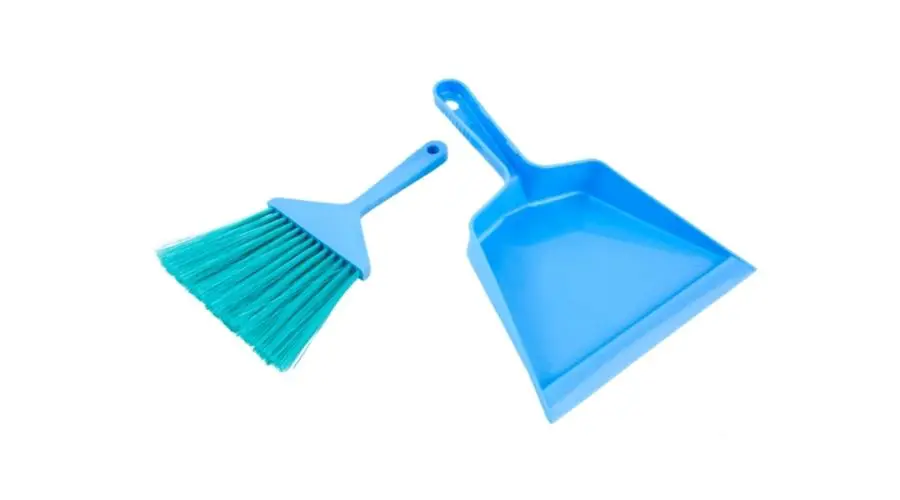
1. Removing The Centipedes That Are Already In Your Bathroom
Unless you have an infestation, you probably only have one or two centipedes in your bathroom at a time.
Your removal jobs will most likely be nighttime events. Centipedes are nocturnal, so this is when the centipedes will come out of their hiding places to hunt.
However, centipedes can fall into basins, baths, and showers and get stuck, unable to climb the smooth acrylic or enamel. So, you may wake up in the morning to find an unwelcome house guest milling around in your bathtub.
If you have the nerve for it, you can catch the centipedes in a container and release them outside, far from your house. A plastic container and a piece of paper are all that you would need.
Upturn the tub over the centipede, slide the paper underneath it, and flip it back again. You will need the tub lid for transport, but don’t keep it in the tub for too long as it will probably die from lack of moisture and oxygen.
Another option is to sweep them into a dustpan and release them far from your yard.
Or you can vacuum them up. You can empty the centipede of the vacuum away from your house and yard, or you can leave them in the vacuum. They will not survive without food and water, but you can make your choice.
If you have a centipede infestation, it might be a good idea to call a professional pest control company.
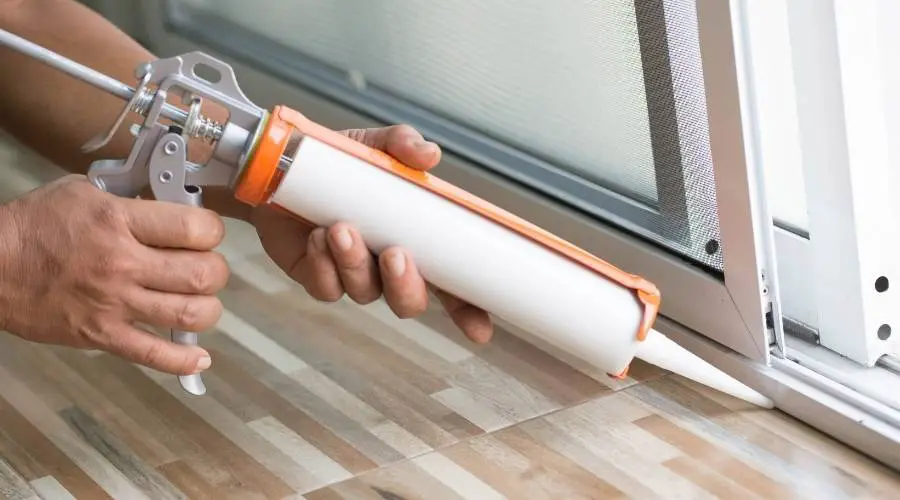
2. Preventing Centipedes From Entering Or Returning To Your Bathroom
You can employ many different preventative measures to keep centipedes out of your bathroom. These should be used in combinations, where possible, for the best results.
- Seal off any cracks in the walls and foundations of your house.
- Repair gaps in window frames and door frames.
- Clean out your drains regularly.
- Eliminate excess moisture in the bathroom. Air the bathroom well after a steamy bath or shower, fix any dripping faucets, re-caulk, etc. You should also check any other rooms of the house. You want the centipedes out completely, not just moved from one room to another.
- Pest control of centipede prey. If you can eliminate their food source, centipedes will have to leave your home to survive.
- Remove centipede hiding places and habitats from your yard. If centipedes are in your yard, then they are halfway to your house already. If you eliminate things like outside clutter, piles of leaves, mulch patches, sitting water, etc., you reduce the chances of a centipede entering your yard.
An Argument For Letting The Centipedes Stay
If centipedes do not frighten you, you don’t have to get them out of your house. They are not damaging your home like other pests (rats, mice, carpenter ants, etc.).
They are mildly venomous but not as venomous as some spiders. And they do not carry diseases like flies, ticks, and mosquitoes.
Centipedes do not live in swarms or colonies, so infestations are unlikely.
They also do not make nests or webs, which would leave your house looking unclean or untidy, no matter how faithful you are with your housework.
Furthermore, as hunters of some of the more prolific household bugs like spiders, cockroaches, beetles, etc., centipedes can act in the capacity of natural pest control. One benefit of centipedes as a form of natural pest control is that they do not exist in
Is it a Centipede or a Millipede?
As mentioned previously, millipedes are sometimes mistaken for centipedes. They are long and segmented creatures with many legs, which is understandable.
Below is a table summarizing the main observable differences between millipedes and centipedes, so you can ensure that what you are dealing with is a centipede.
| CENTIPEDE | MILLIPEDE |
|---|---|
| It runs away when it sees you | It curls up when it sees you |
| Legs stick out to the sides | Legs point down to the ground |
| One pair of legs per leg segment | Two pairs of legs per leg segment |
| Flat bodies | Rounded bodies |
Conclusion
Centipedes cannot handle harsh weather, so they will seek shelter when the weather is hot and freezing. Ideally, centipedes like to live in cool places.
Centipedes also retain water very poorly, so they need constant access to a water source.
Insects and other bugs, including spiders, cockroaches, and silverfish, are ideal prey for the predatory centipede.
People’s houses most often have a controlled climate. At the very least, there should be insulation, but people often have heating systems and air conditioners.
Thanks to the miracle of indoor plumbing, houses also have plenty of continuous sources of moisture.
Finally, spiders, cockroaches, silverfish, etc., are common household bugs you can never entirely eradicate from your home.
This makes a person’s house the ideal dwelling place for centipedes. Bathrooms especially are cool and damp, so they are preferred over other rooms.
Get FREE quotes from licensed pest control technicians in your area today. Whether you need spraying for ants, roaches, spiders, ticks, mosquitos, or bed bugs, We Can Help! All technicians are screened, licensed, and insured.


